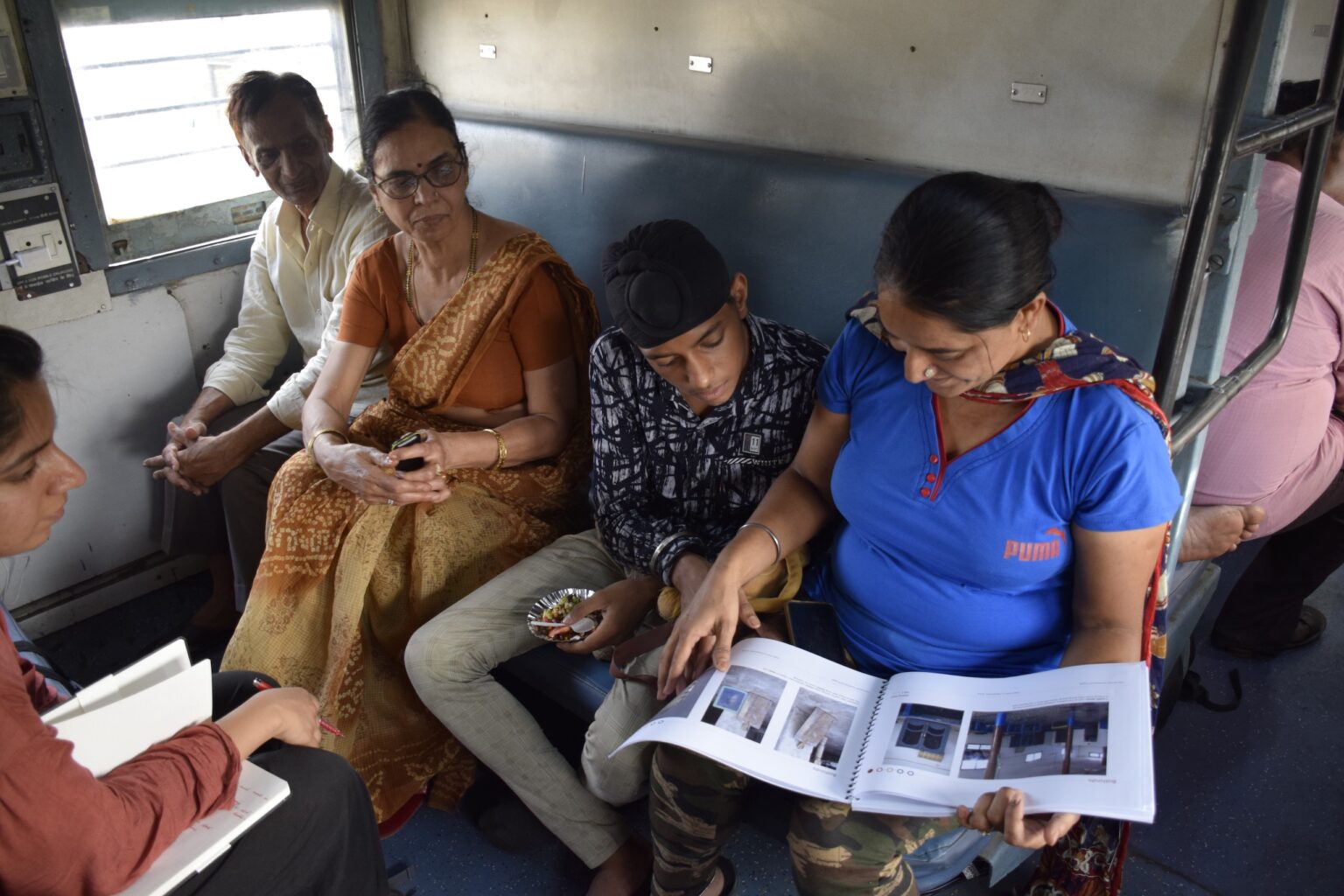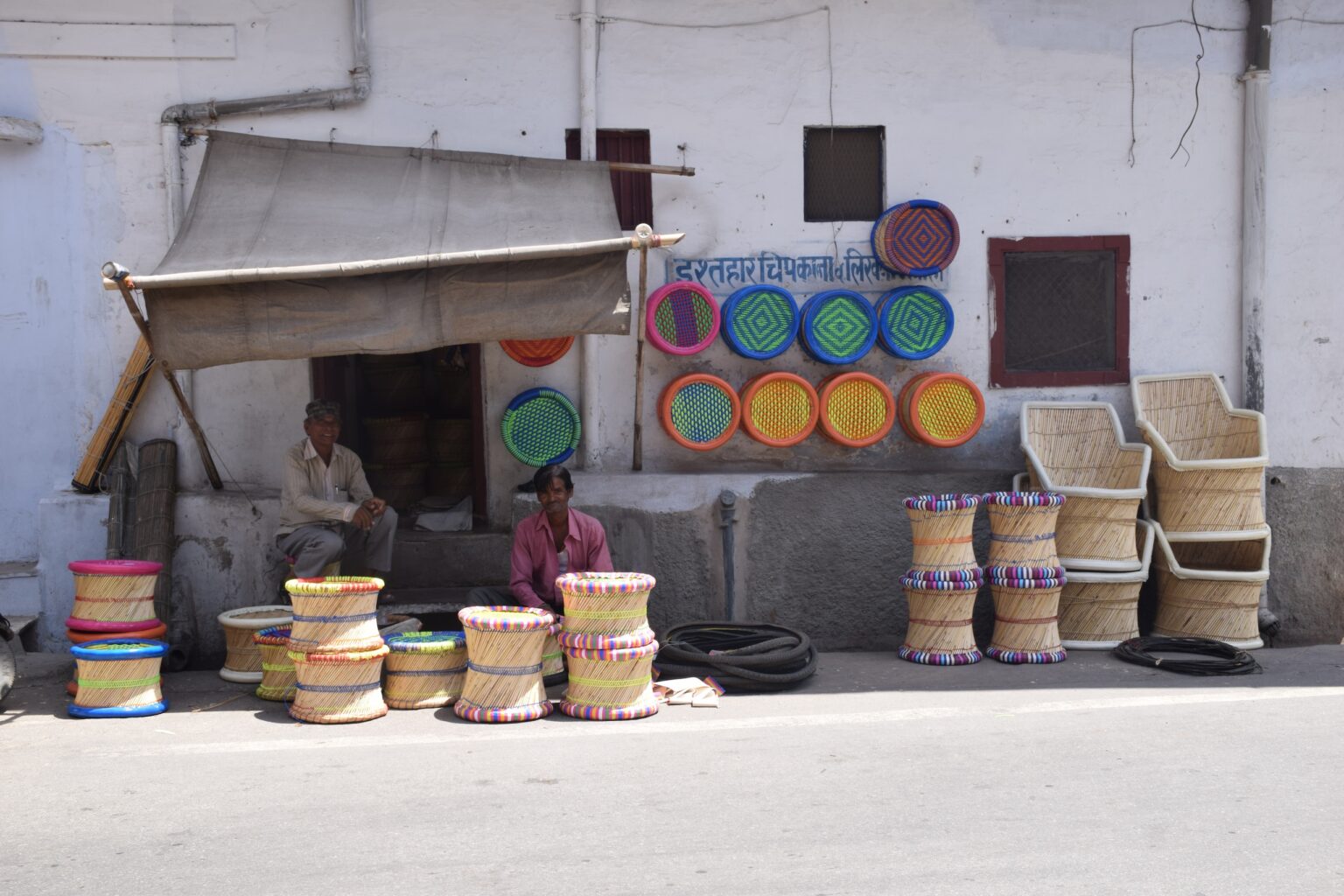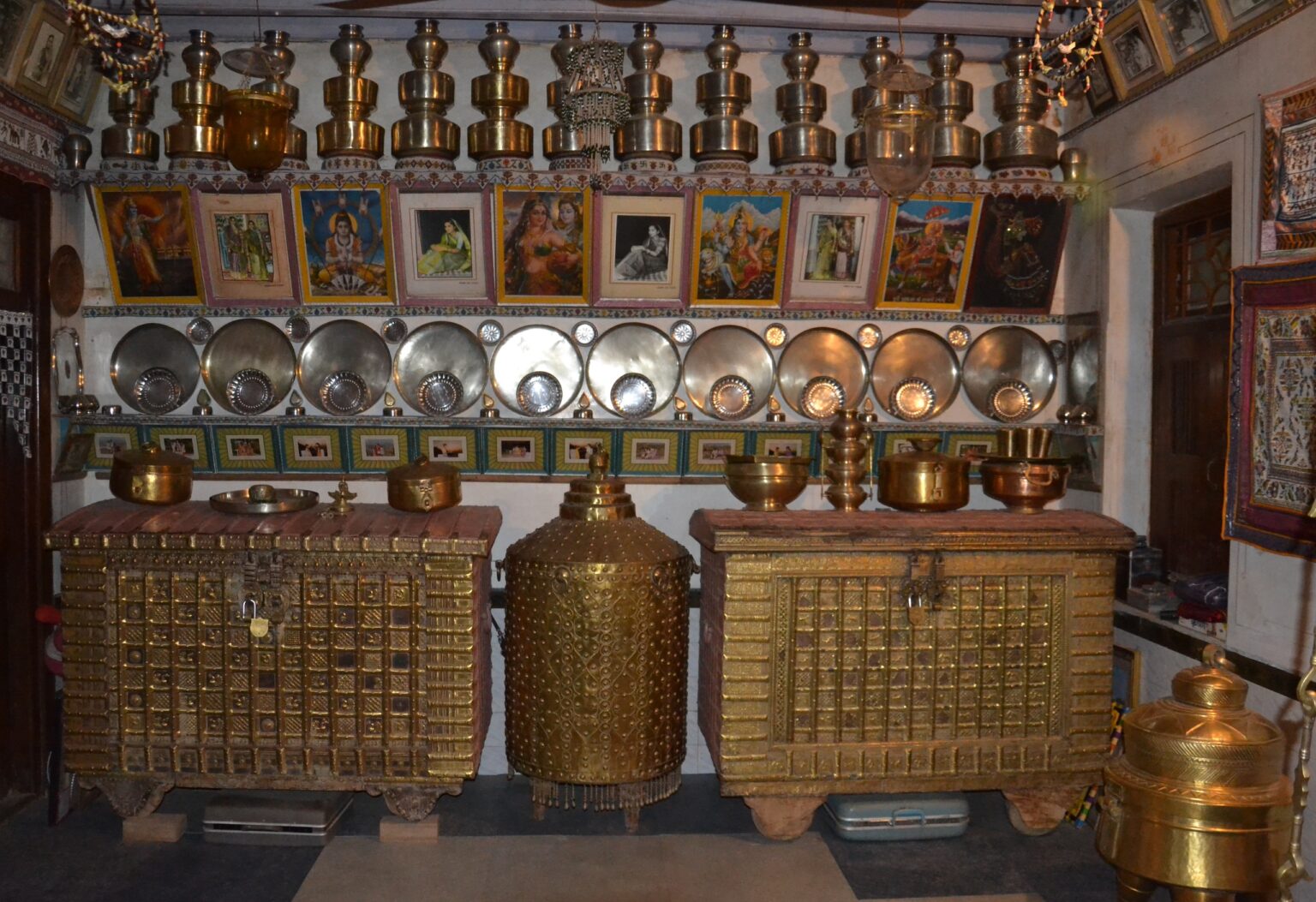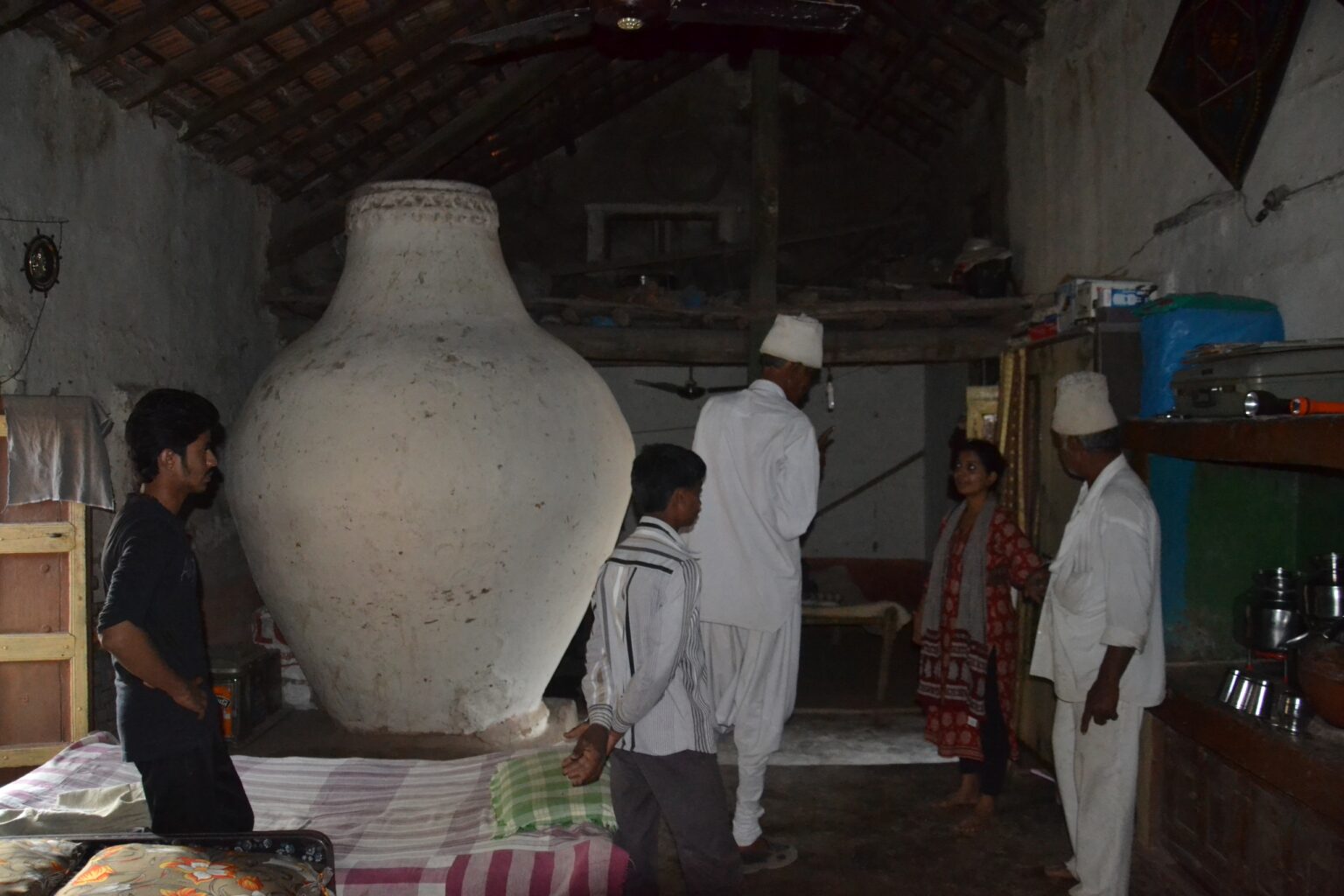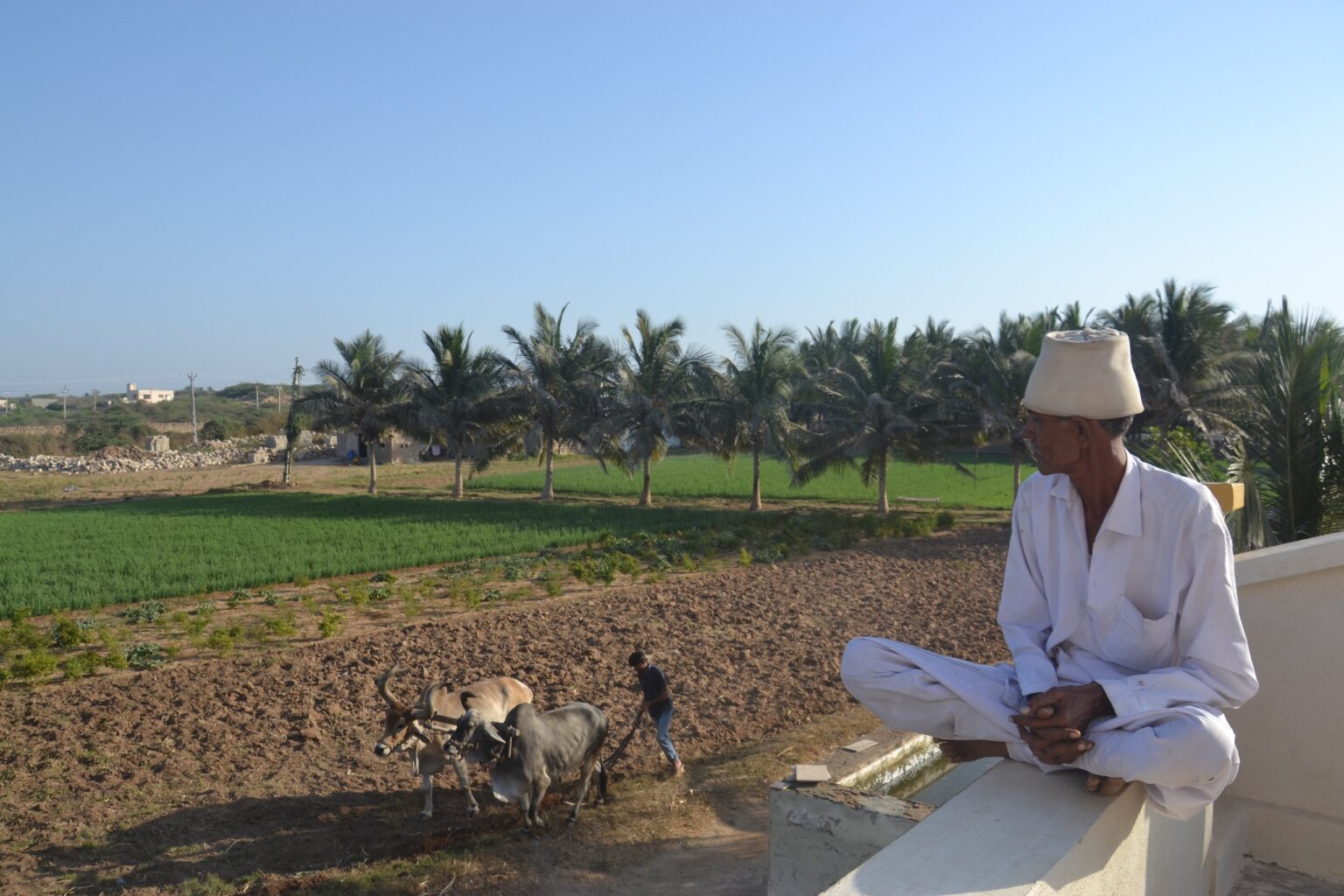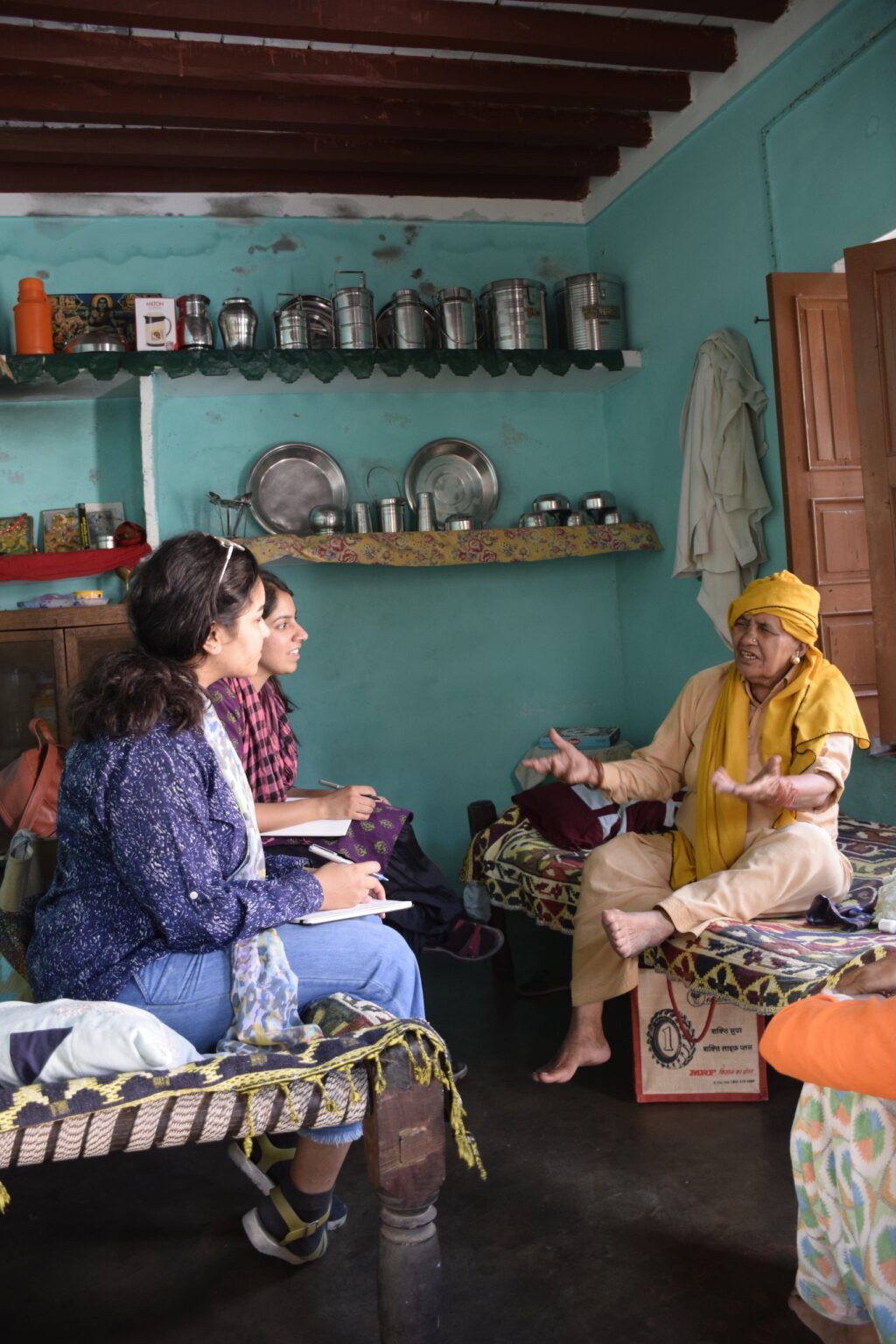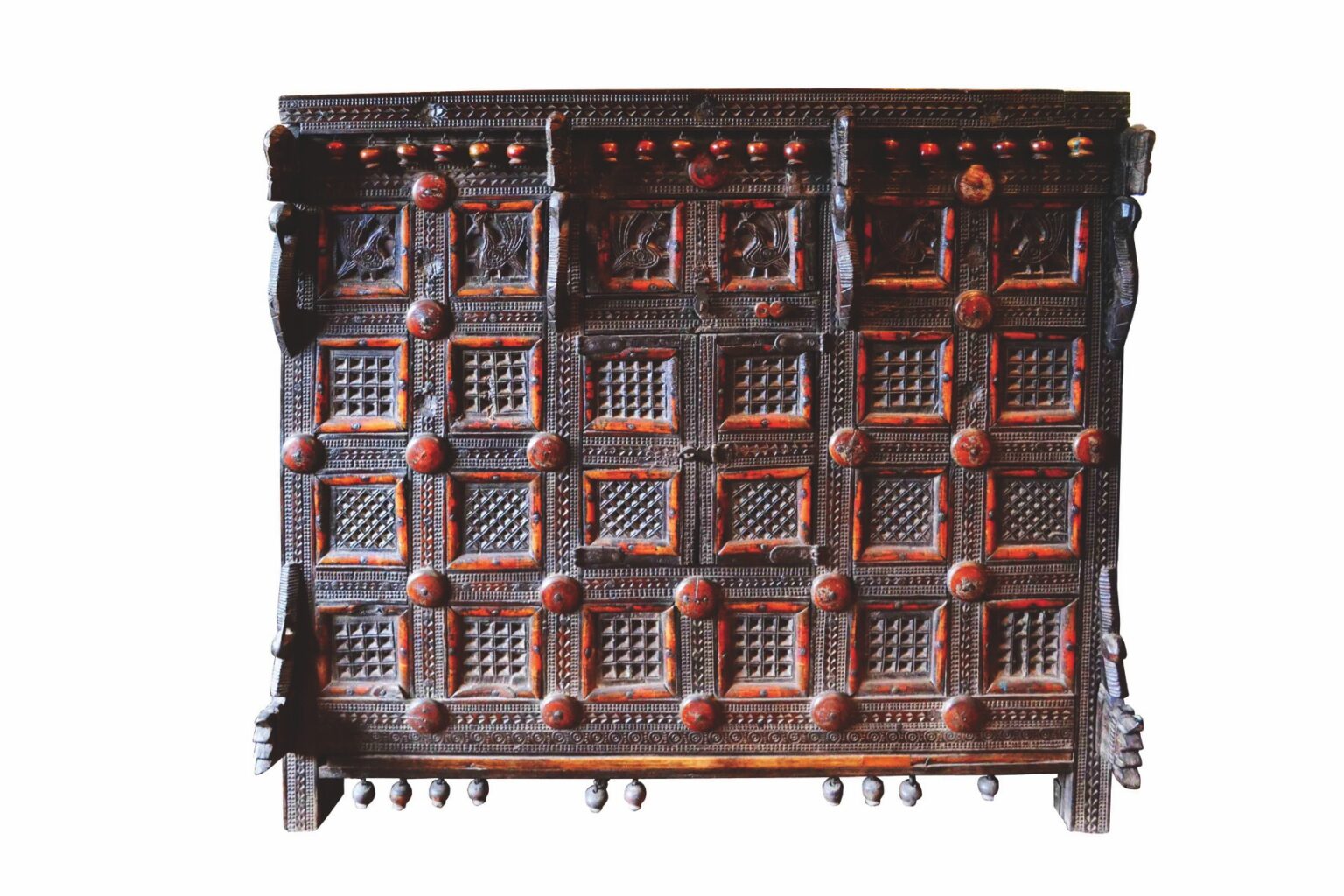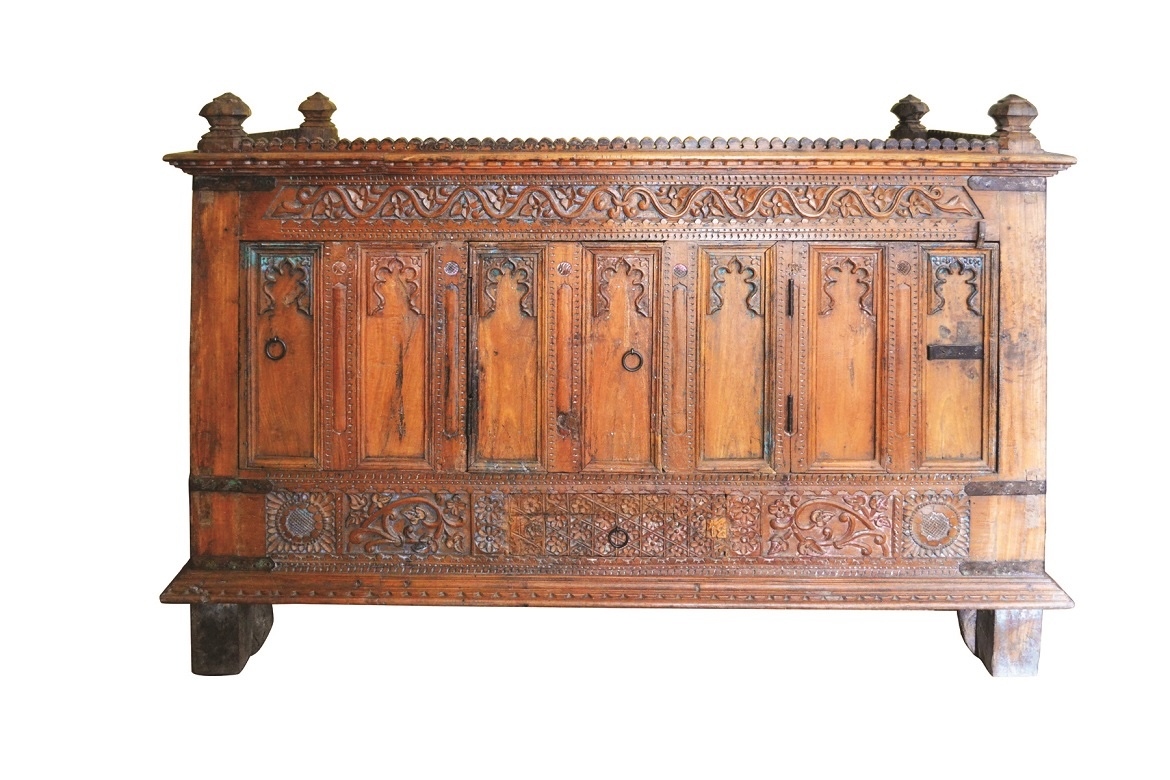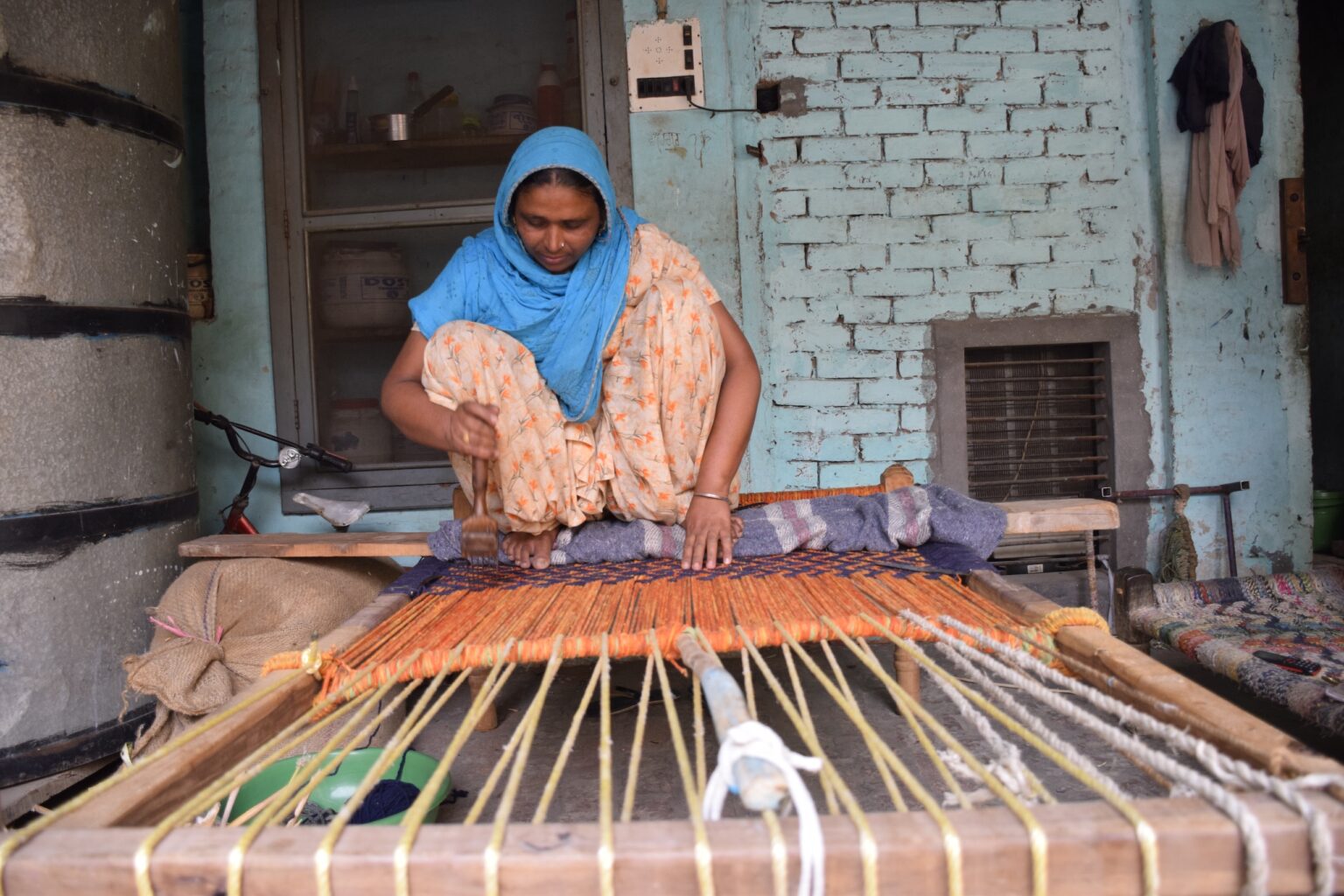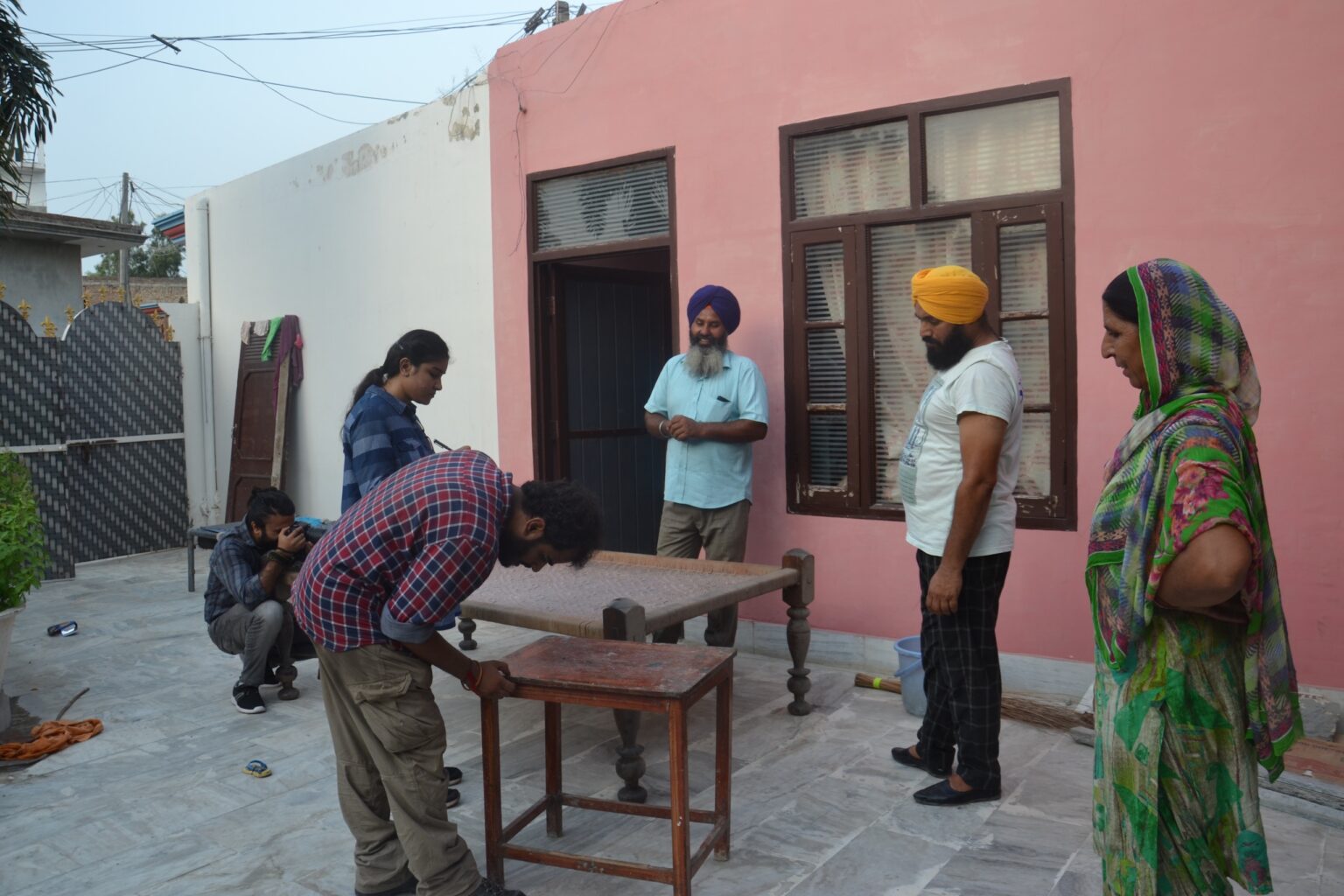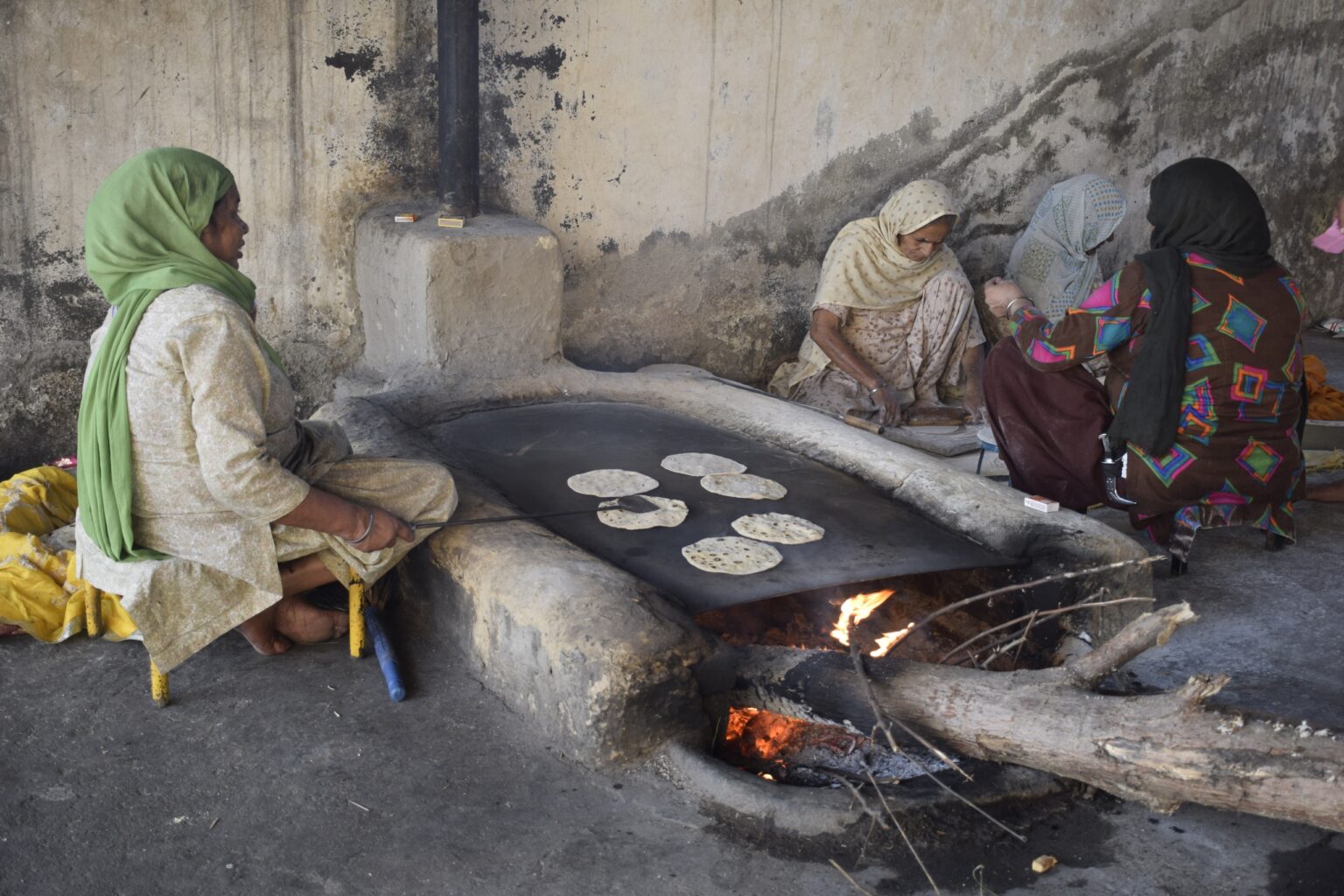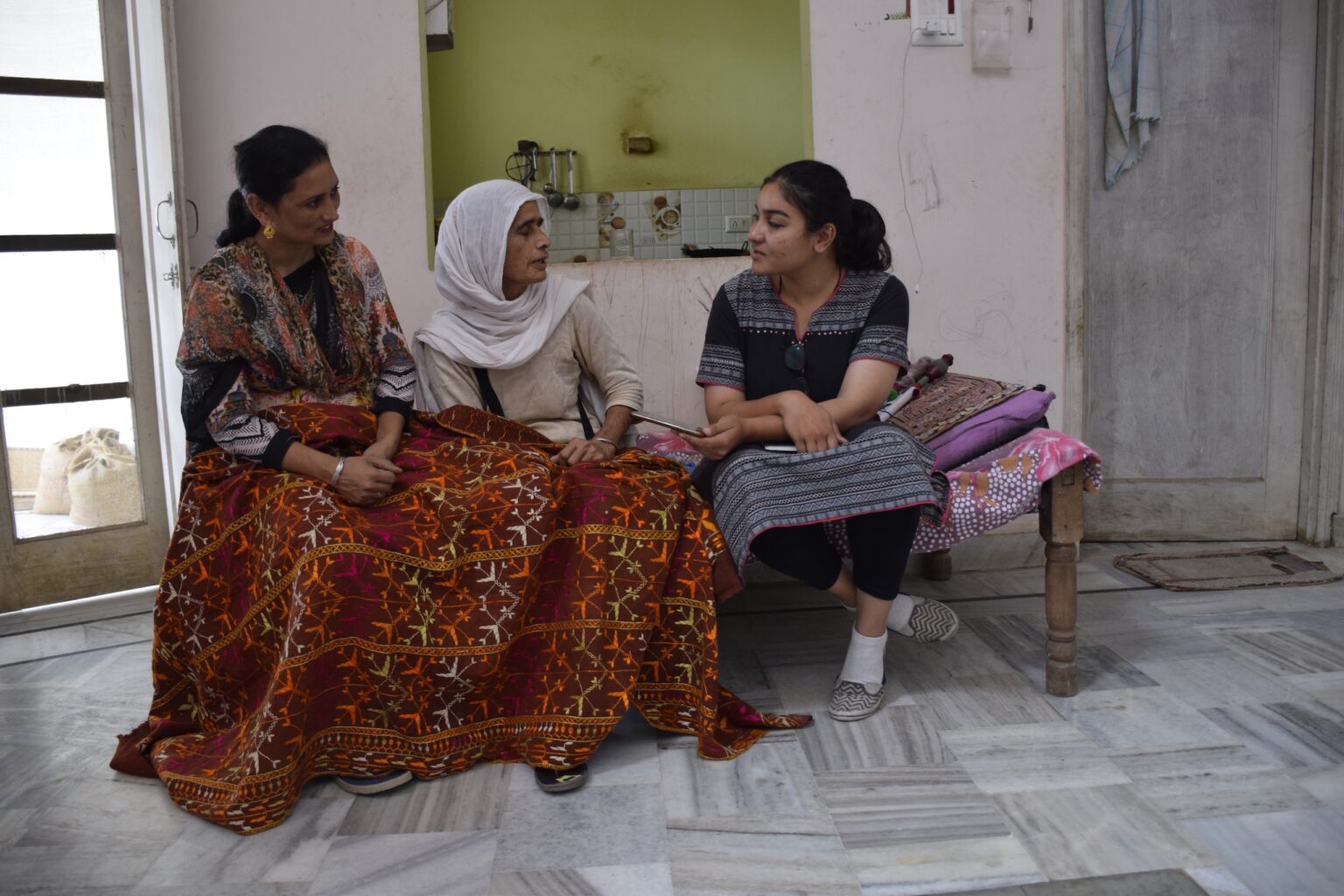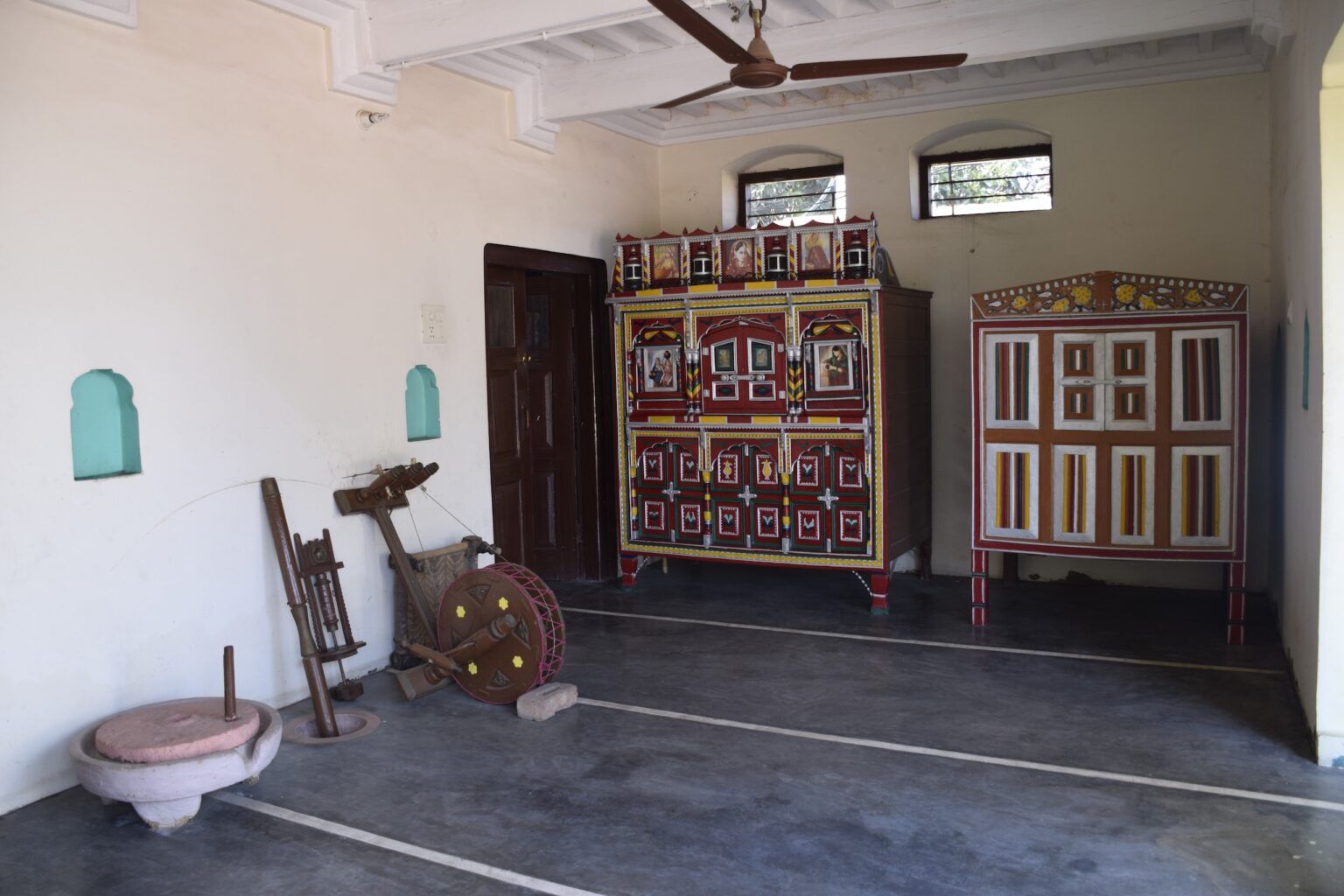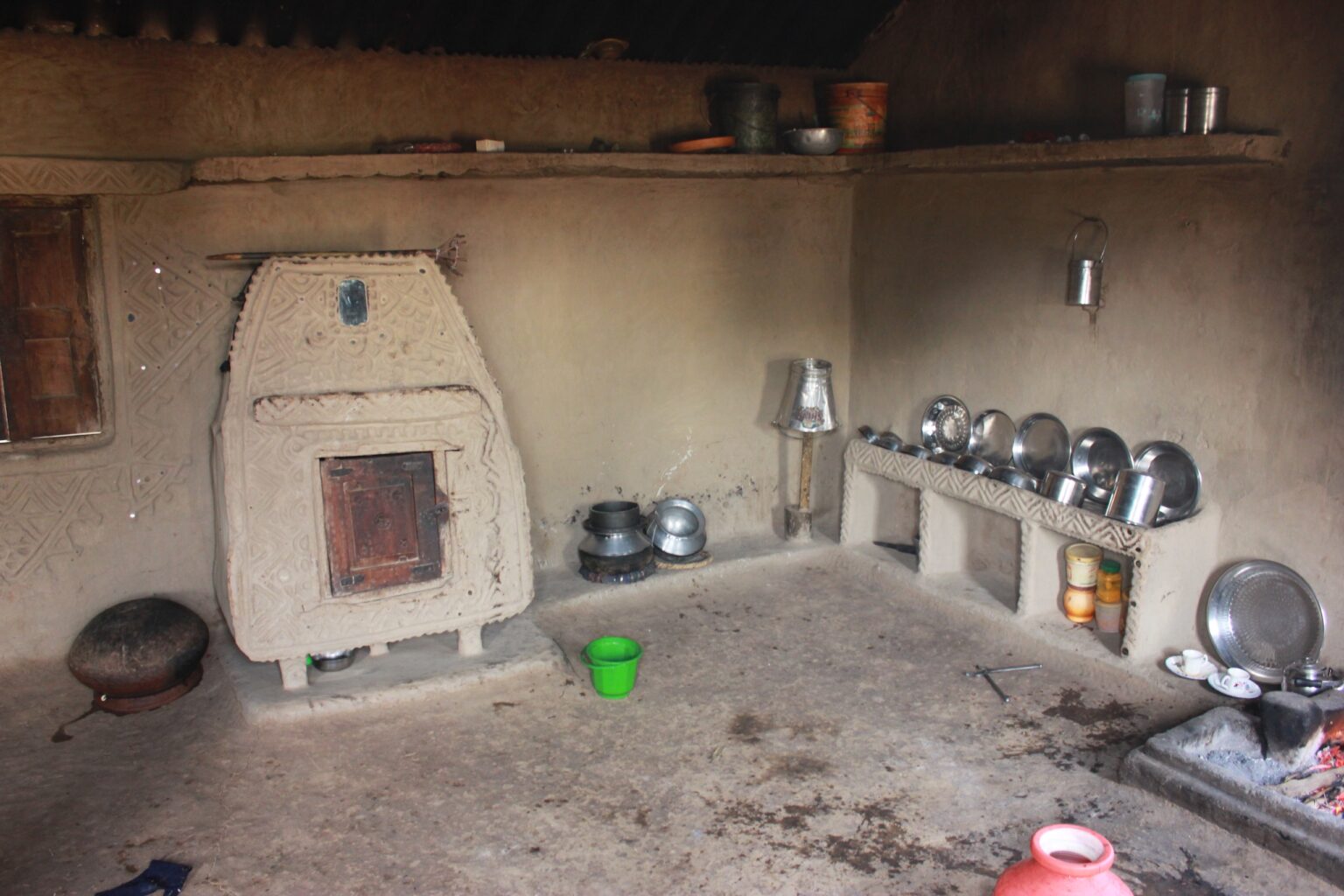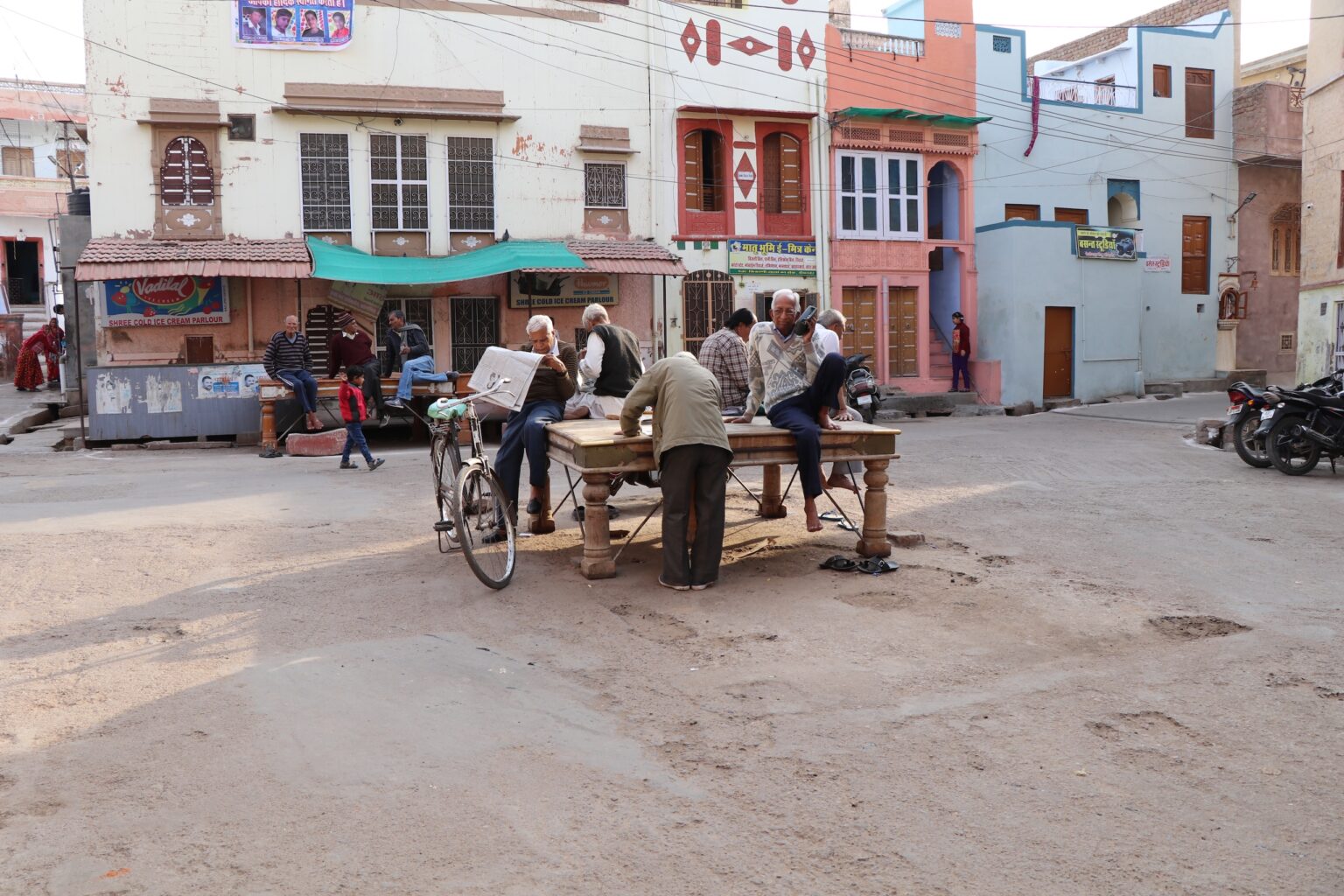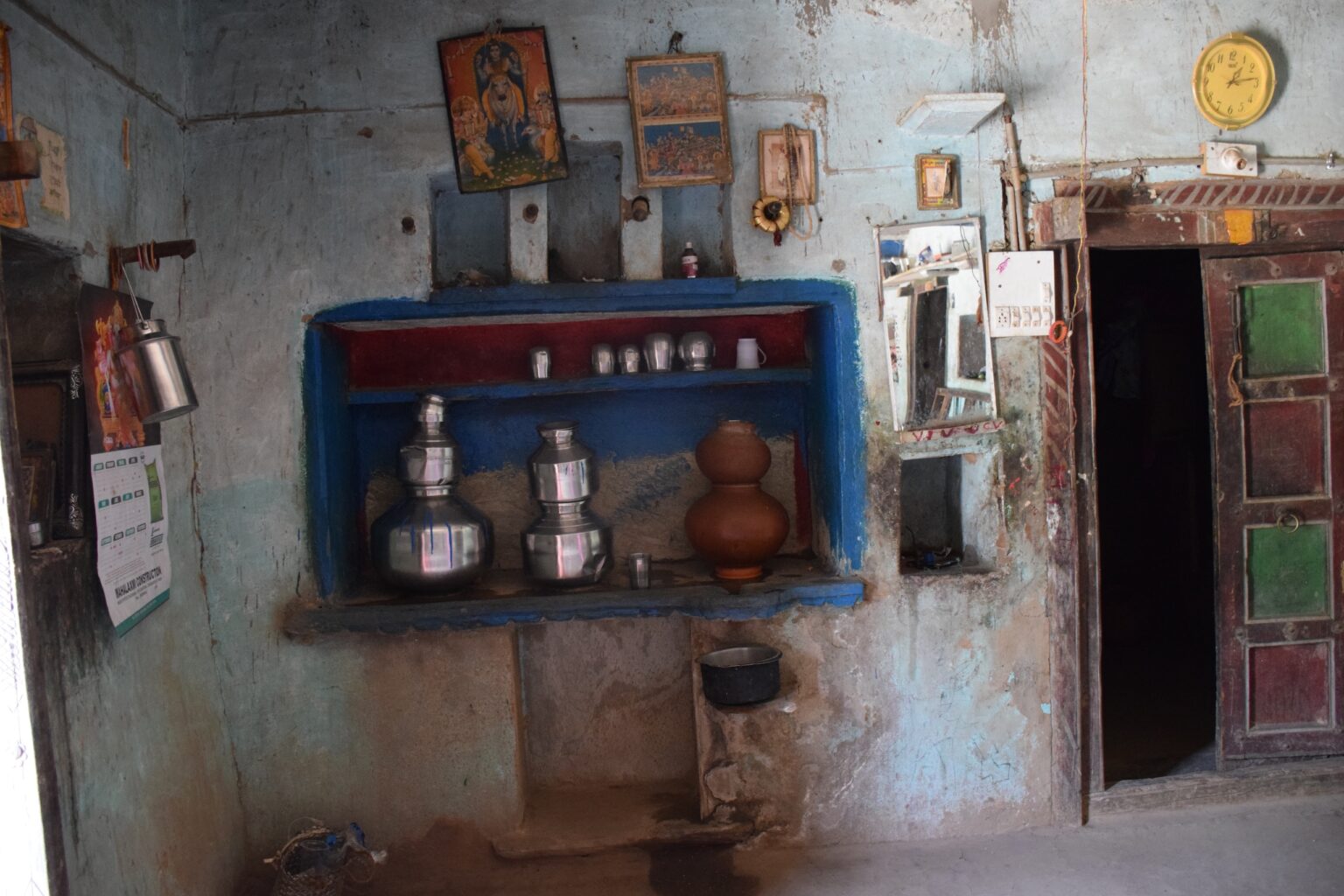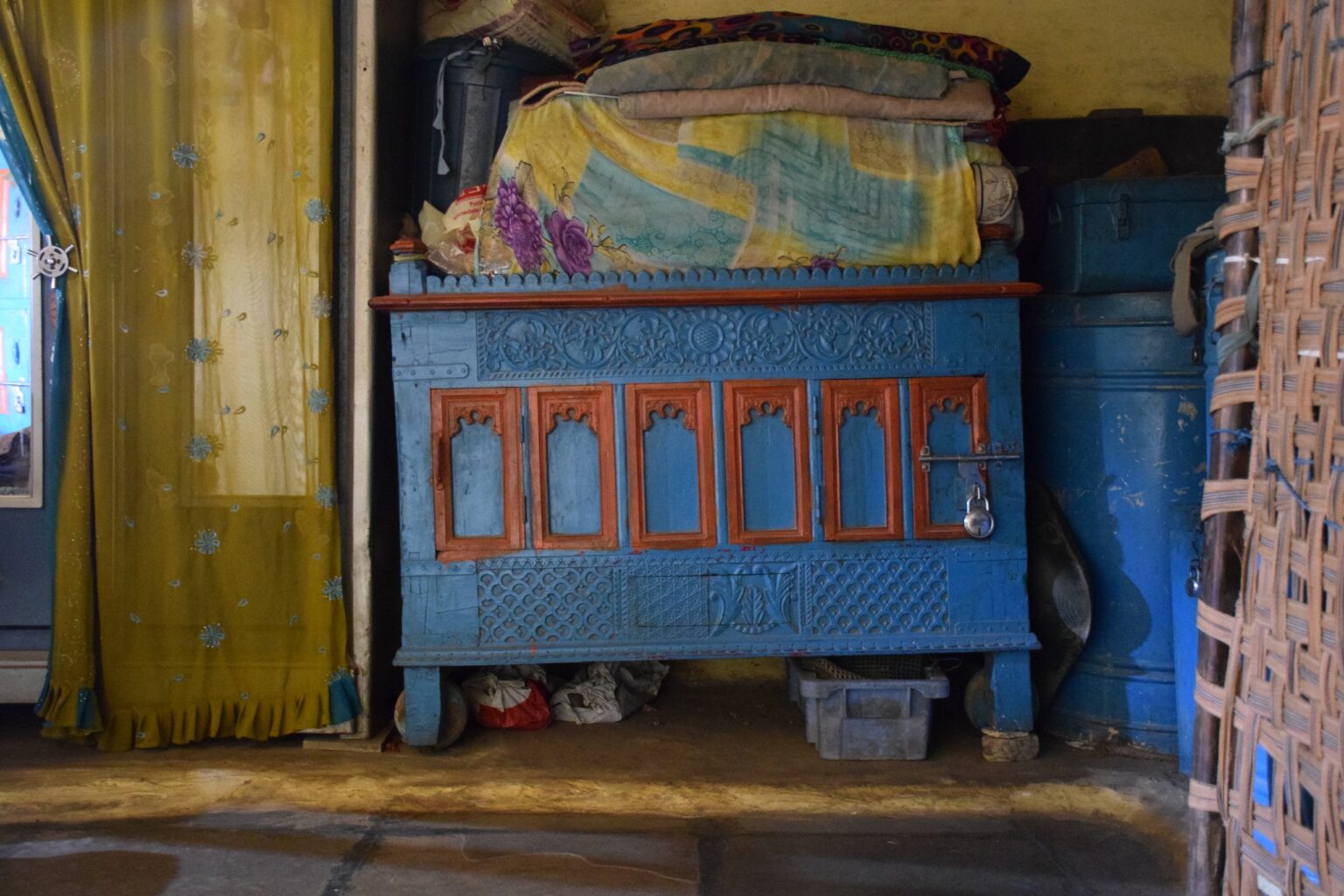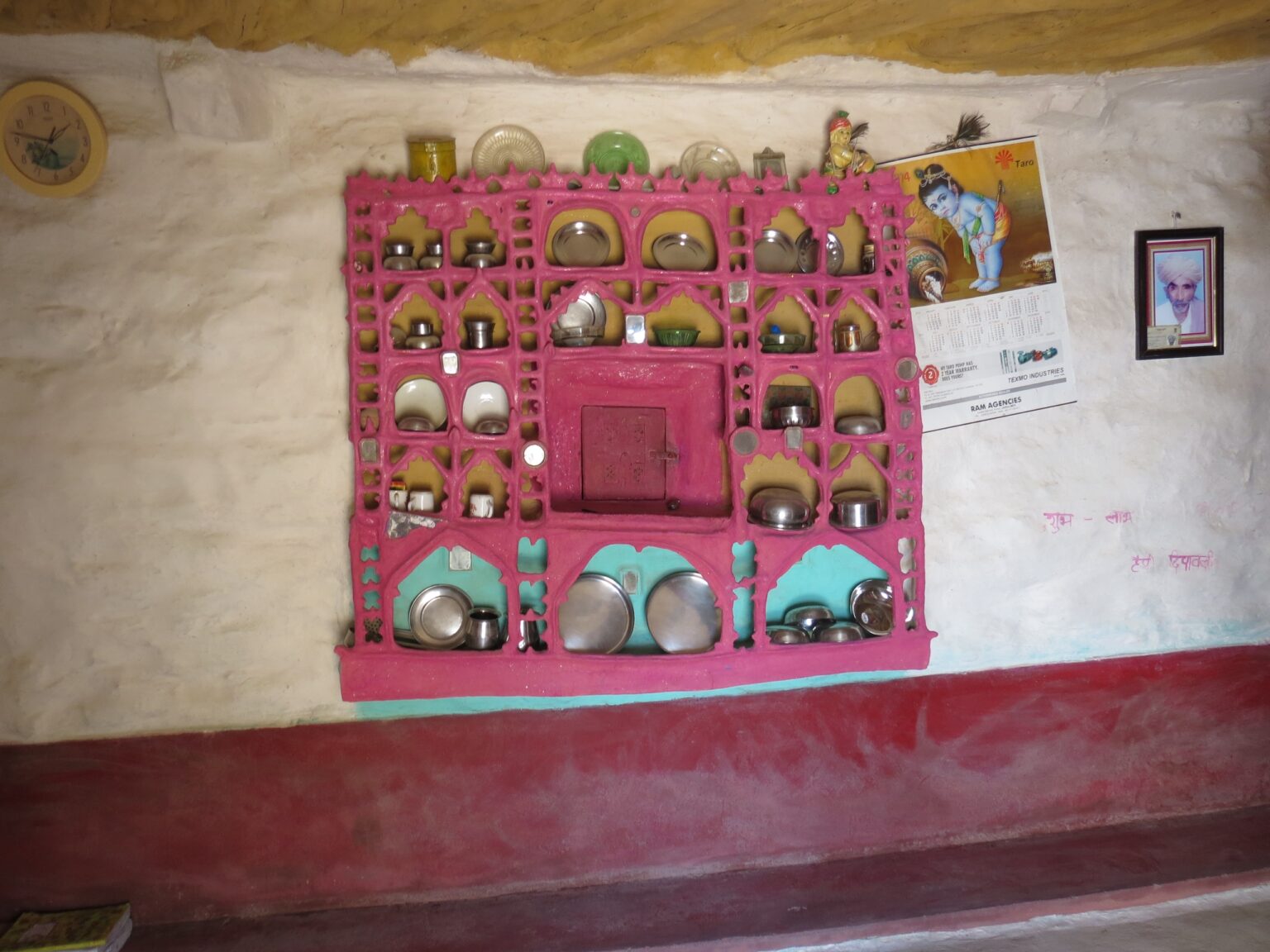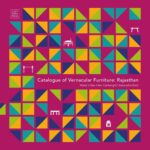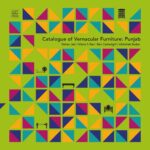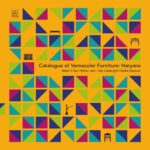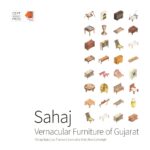Vernacular furniture is used in the everyday life of people of a particular region or community. It is made by craftspeople using locally available materials. In a country like India, where the vernacular fabric changes every few hundred kilometres, a region’s architecture, interior architecture and furniture are excellent examples that reflect several social and cultural aspects of that particular region. Collectively, these elements provide a unique identity to a community or a region as a whole.
While much has been written on other forms of material culture from north-west India, such as architecture and textiles, little research has been conducted on the traditional everyday furniture of the region. This is the first ever research of its kind that has combined detailed design information with the social stories bound up in the vernacular furniture to result in a number of research publications.
Vernacular Furniture of North-West India is a collaborative research project conducted with the Design Innovation and Craft Resource Centre (DICRC), CRDF, CEPT University, Ahmedabad, India. Conducted between 2015-2022, the project aimed at identifying, mapping, documenting and studying vernacular furniture that has traditionally been, and continues to be an inherent part of the day-to-day life in an Indian household. North-West India covers the states of Gujarat, Rajasthan, Punjab and Haryana. The research was executed in three phases: Phase I: Gujarat, Phase II: Rajasthan, Phase III: Punjab and Haryana.

